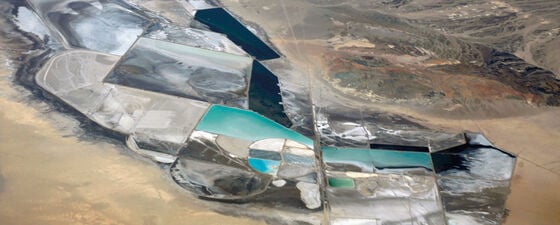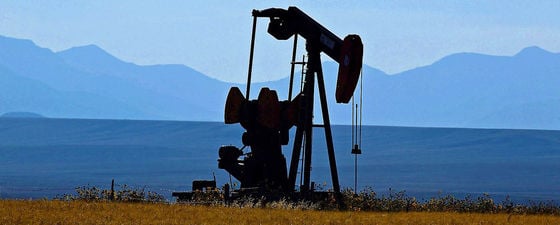Geothermal energy is stored in the form of heat below the Earth’s surface.
The main source of this heat is radioactive material in the crust and mantle, as well as heat from when the Earth was formed some 4.6 billion years ago. In the upper 100–200m of the crust, however, solar energy is the main heating source. The resource is basically available everywhere. However, it is more abundant and more accessible along plate boundaries such as in Japan (converging plates) and Iceland (diverging plates) where active hydrothermal resources are found.
It is considered an energy source of the future because it is a renewable and provides continuous power and/or heat production regardless of weather (i.e. sun, wind or rain). Geothermal resources thus have great potential as a nearly emission-free energy source.
There is a distinction between shallow geothermal systems that extract the energy for heating and cooling through heat pumps, and deep geothermal systems for power generation or direct use of heat. The former utilises geothermal heat pumps which are one of the fastest growing renewable energy technologies.
It is being said that the scientific and technical solutions are at a point where the deep resource can be made commercially viable in areas without active hydrothermal resources. Geothermal exploration, requiring geophysical measurements and skilled geologists, will therefore have an interesting future.
IPCC has estimated that the potential for production in 2050 will be 1,255 TWh of electricity and 2,184 TWh of heat. Others are of the opinion that the potential for exploiting the resource is nearly unlimited if we develop this science and technology.
According to BP’s Statistical Review of World Energy 2012, geothermal capacity grew by just 0.8% (88 MW) in 2011, to reach 11 GW. Also, BP says, geothermal capacity has now been overtaken by solar power capacity, but geothermal power runs at a much higher load factor than solar (its source is continuous rather than intermittent), so geothermal still produces significantly more electricity than solar.
Only two major geothermal projects were completed in 2011, in Iceland (90 MW) and Costa Rica (42 MW), while Mexico shut down an old plant (78 MW).
The US has the largest geothermal capacity (the larger amount in California), now just over 3.1 GW, 28.3% of the world total, followed by the Philippines (2.0 GW), Indonesia (1.2 GW) and Mexico (0.9 GW). BP has listed 20 other countries that have an annual capacity exceeding 0.3 MW. Japan and Iceland have capacities of 502 and 665 MW respectively




